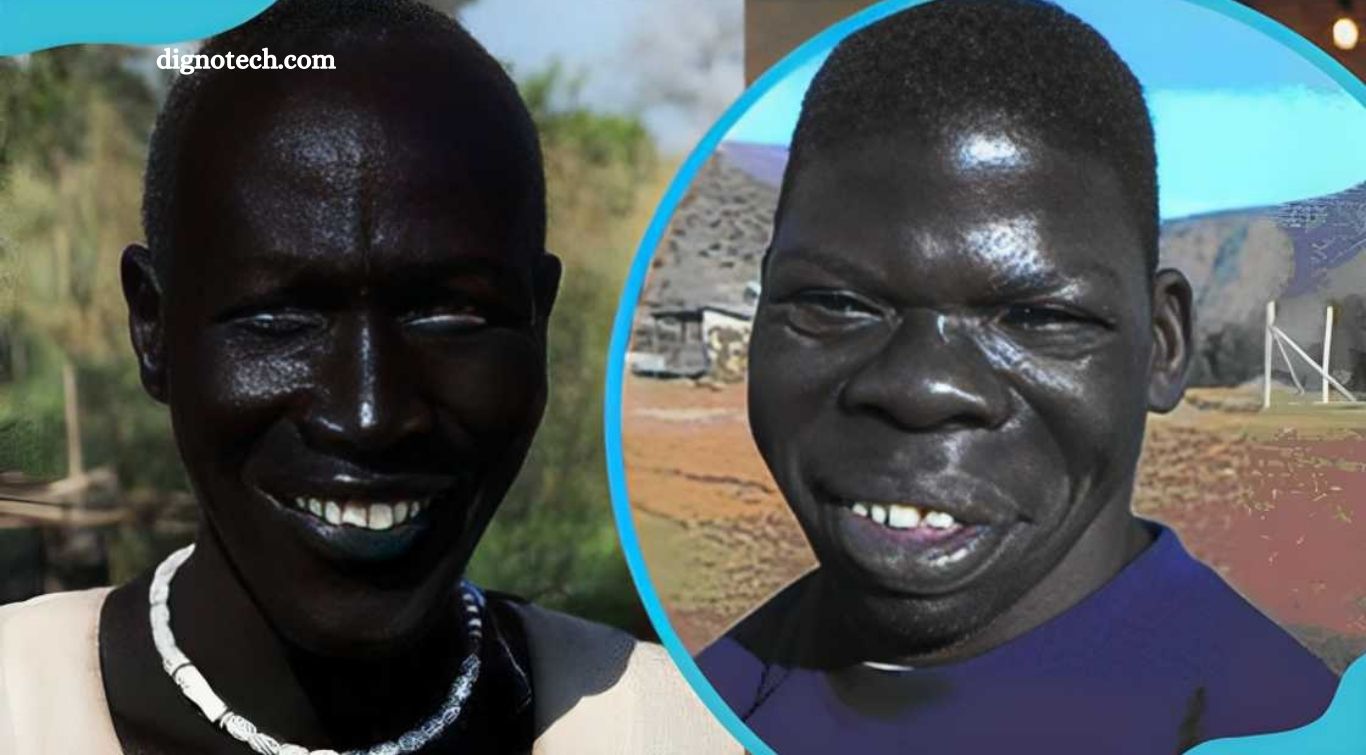The Darkest Skin Tone Ever Recorded: An In-Depth Study

Discovering the Darkest Skin Tone: A Comprehensive Exploration
Have you ever wondered who holds the title of the blackest person in the world? Is it even possible to determine such a thing? Since there’s no official scale or registry for measuring skin tone to this extreme, finding a definitive answer is nearly impossible.
However, while pinpointing a single individual may be unrealistic, we can explore some of the darkest-skinned groups and models globally. This deep dive sheds light on the incredible diversity of human pigmentation and the beauty of naturally rich skin tones.
Ethnic Groups in Africa with the Deepest Skin Tones
Africa is home to diverse ethnic groups with rich, dark skin tones, particularly in sun-drenched regions. While determining the darkest-skinned individual is subjective, several groups stand out for their deep pigmentation.
Read More: Robots Dot to Dot Nattapong: Unleashing Creativity Through Interactive Learning
Dinka & Nuer (South Sudan)
Among the darkest-skinned people globally, the Dinka and Nuer of South Sudan live near the equator, where intense sunlight influences their skin tone. Known for their tall stature and striking features, they possess a distinct and unique appearance.
Maasai (Kenya & Tanzania)
The Maasai, a semi-nomadic group, thrive in sun-drenched savannas. Their exposure to harsh climates, combined with an active lifestyle, contributes to their deep skin tone. This natural adaptation aids in their survival in rugged terrains.
Himba (Namibia)
The Himba of Namibia are famous not just for their skin but for their skincare rituals. They apply a blend of butterfat and ochre to shield their skin from the desert sun, giving it a reddish hue. Their minimal clothing and unique customs continue to captivate outsiders.
Shilluk (South Sudan)
Neighbors of the Dinka and Nuer, the Shilluk share similar dark skin tones, an adaptation to the intense sunlight of their Nile River surroundings. Their deep pigmentation and distinct features play a significant role in their cultural identity and traditions.
Dark-Skinned Models Redefining Global Beauty
For years, the fashion industry prioritized Eurocentric beauty standards—light skin, thin frames, and blue eyes. However, this is changing, with more dark-skinned models gaining recognition and reshaping global beauty norms.
Nyakim Gatwech (South Sudan)
Dubbed the “Queen of Dark,” Nyakim Gatwech is a South Sudanese model known for her radiant complexion. A strong advocate for body positivity, she embraces her deep melanin to inspire confidence and self-love among dark-skinned women.
Khoudia Diop (Senegal)
Nicknamed the “Melanin Goddess,” Khoudia Diop from Senegal is celebrated for her strikingly deep skin tone. She uses her platform to challenge traditional beauty standards and empower individuals to embrace their uniqueness.
Alek Wek (South Sudan)
A pioneer in high fashion, Alek Wek shattered barriers in the 1990s as one of the first globally recognized dark-skinned models. Her success paved the way for greater inclusivity, even leading to appearances in Hollywood.
Anok Yai (Egyptian-Sudanese)
Anok Yai skyrocketed to fame after a candid photo of her at a college event went viral. With her flawless dark skin and striking features, she has become a rising star in high fashion, representing major luxury brands.
Duckie Thot (South Sudanese-Australian)
Born in Australia to South Sudanese parents, Duckie Thot gained fame for her deep skin tone and doll-like features. Her breakthrough came after competing on Australia’s Next Top Model, launching her into the global fashion scene.
Adut Akech (South Sudan)
Adut Akech, another South Sudanese-Australian model, has rapidly become a fashion icon. Often cited among the darkest-skinned models, her unique beauty has graced major magazine covers and top fashion runways.
Flaviana Matata (Tanzania)
Flaviana Matata, a Tanzanian model and former Miss Universe Tanzania, is known for her deep complexion and signature short hair. Beyond modeling, she champions education initiatives for young girls in Tanzania, making an impact beyond the runway.
Frequently Asked Questions
Who holds the record for the darkest skin tone ever recorded?
There is no official record for the darkest skin tone. However, several ethnic groups, including the Dinka, Nuer, and Shilluk of South Sudan, are known for their exceptionally deep skin tones.
What causes extremely dark skin tones?
Melanin, the pigment responsible for skin color, determines skin tone. Higher melanin levels, especially eumelanin, result in darker skin, which provides natural protection against intense UV radiation in sun-drenched regions.
Which ethnic groups have the darkest skin tones?
Ethnic groups such as the Dinka, Nuer, Shilluk (South Sudan), Maasai (Kenya/Tanzania), and Himba (Namibia) are known for their deeply pigmented skin, adapted to their equatorial and desert environments.
Who are some dark-skinned models redefining beauty standards?
Prominent models include Nyakim Gatwech (“Queen of Dark”), Khoudia Diop (“Melanin Goddess”), Alek Wek, Anok Yai, Duckie Thot, Adut Akech, and Flaviana Matata. They challenge traditional beauty norms and celebrate deep skin tones in the fashion industry.
Does having darker skin provide any benefits?
Yes. Dark skin, rich in melanin, offers natural UV protection, reducing the risk of sunburn and skin cancer. It also helps regulate vitamin D production in regions with high sun exposure.
Is there a way to measure skin tone scientifically?
Yes, tools like the Fitzpatrick Scale classify skin types based on melanin levels. However, this scale is limited and does not determine the “darkest” skin tone. More advanced spectrophotometry methods measure skin pigmentation precisely.
Can dark skin tones change over time?
Yes, sun exposure, nutrition, and environmental factors can influence melanin production, leading to slight variations in skin tone. However, genetic factors primarily determine baseline pigmentation.
Why is dark skin underrepresented in media and beauty industries?
Historically, beauty standards have favored Eurocentric features. However, increased diversity advocacy has led to greater representation of dark-skinned individuals in fashion, film, and media.
Conclusion
The concept of the darkest skin tone ever recorded is both fascinating and complex, influenced by genetics, geography, and cultural perception. While no official record exists, ethnic groups such as the Dinka, Nuer, and Shilluk of South Sudan are known for their exceptionally deep skin tones, shaped by evolutionary adaptation to intense sunlight.
In recent years, dark-skinned models like Nyakim Gatwech, Khoudia Diop, and Alek Wek have redefined beauty standards, proving that deep melanin is not only striking but also worthy of celebration. Despite historical underrepresentation, the fashion and media industries are gradually embracing diverse skin tones, promoting inclusivity and self-acceptance.





